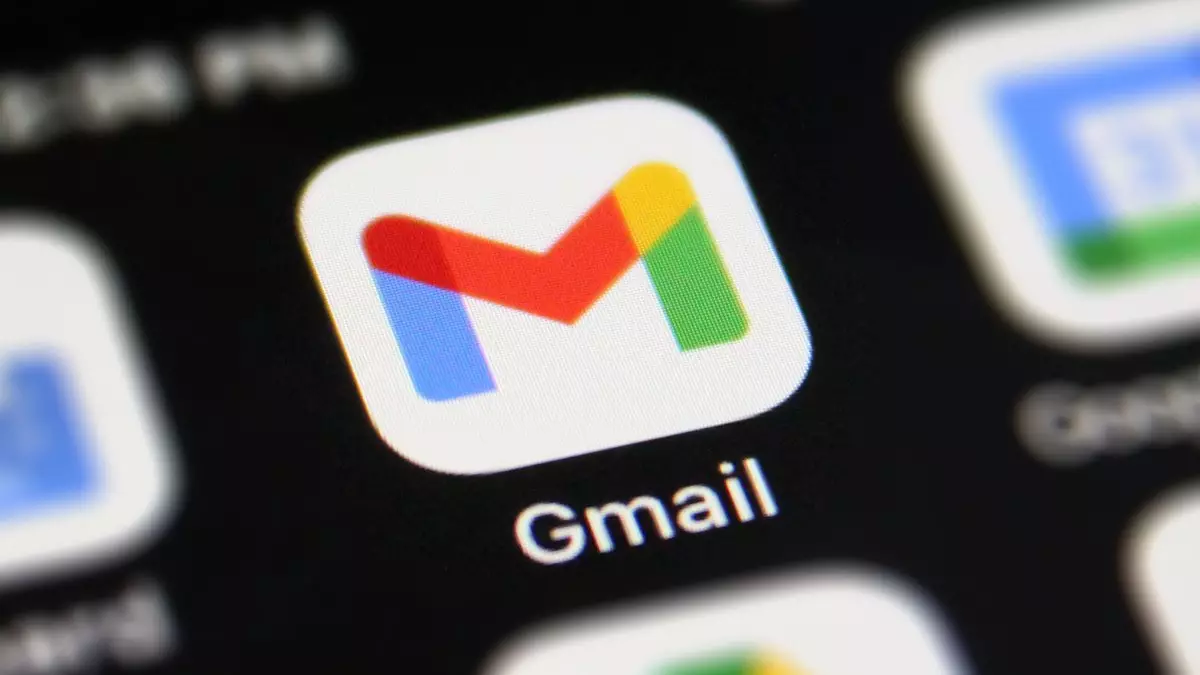In a bold move to integrate artificial intelligence into everyday tasks, Google has announced the rollout of its innovative Gmail Q&A feature for iOS users. This new capability allows Google, along with its Gemini chatbot, to assist users in navigating their inboxes more efficiently, addressing specific email-related queries right within the Gmail application. Initially launched for Android users back in August, the iOS version is now available exclusively for Google One AI Premium subscribers and select Google Workspace accounts, marking a significant leap in email management.
The introduction of Gmail Q&A aligns with a growing trend among tech giants to incorporate AI into their services. Users can now engage with the Gemini chatbot to extract critical information such as “What was the expenditure on our last marketing event?” or request a summary of specific email threads, like “Summarize emails about quarterly planning.” This advanced functionality promises to save time and enhance productivity by providing succinct responses without the need for tedious manual searches.
Given the volume of emails many users manage daily, this feature serves as a much-needed tool to streamline email interactions and focus on essential tasks. The ability to specifically call out unread messages from selected senders is a particularly valuable addition that prioritizes user convenience.
Looking ahead, Google is poised to expand the capabilities of Gmail Q&A. Currently, it only pulls information from a user’s inbox; however, plans to include Google Drive information suggest a more holistic approach to digital organization. This notion hints at a broader vision where users can not only manage emails seamlessly but also integrate data across Google’s suite of applications, enhancing the overall user experience within their digital ecosystem.
Despite these enhancements, it is essential to recognize that access is limited to premium subscribers, creating a divide between paying and non-paying users. This exclusive approach raises concerns about accessibility and whether Google might eventually offer similar features to free users. As companies increasingly monetize their services, such differentiation might alienate some users and drive them towards competing platforms.
Google’s strategic update comes in response to competitive pressure, particularly from Apple, which has integrated Gmail-like functionalities into its Mail app with the launch of iOS 18. By continuously updating its services with advanced AI capabilities such as summary cards—introduced concurrently to help users organize their inboxes—Google aims to retain its foothold in the digital communication landscape. This professional maneuver not only showcases the company’s commitment to innovation but also demonstrates an understanding of evolving user expectations in a rapidly changing tech environment.
Google’s rollout of the Gmail Q&A feature reinforces its commitment to enhancing user experience through innovative technology. By utilizing AI to simplify the search for information in emails, Google sets a new standard for email management tools. However, barriers to access for free users signal a potentially contentious future in terms of feature availability and competition. As the digital landscape evolves, it remains to be seen how these developments will shape user habits and expectations from email applications moving forward.

